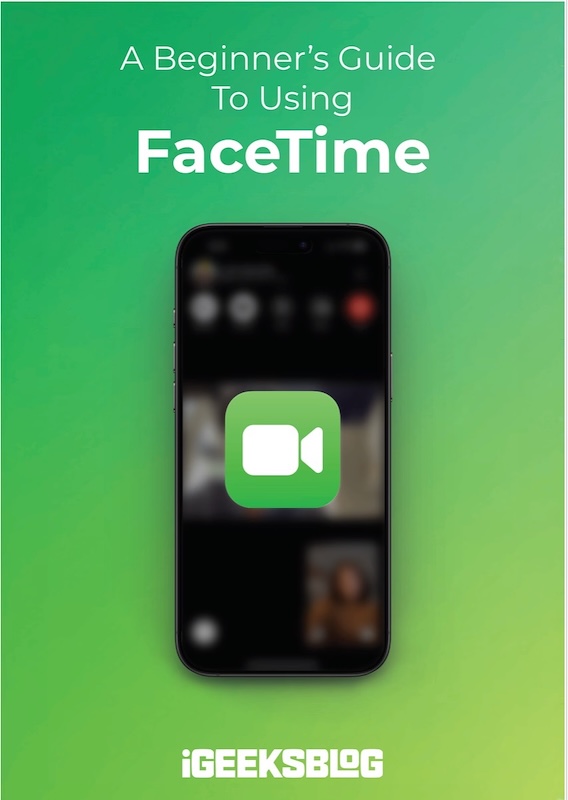
FaceTime Like a Pro
Get our exclusive Ultimate FaceTime Guide 📚 — absolutely FREE when you sign up for our newsletter below.

FaceTime Like a Pro
Get our exclusive Ultimate FaceTime Guide 📚 — absolutely FREE when you sign up for our newsletter below.
Apple now allows U.S. apps to use external payment links after a legal ruling. Epic and Spotify quickly respond.
In a significant policy shift, Apple has updated its App Review Guidelines in the U.S., allowing developers to finally inform users about alternative payment options outside of Apple’s in-app purchasing system.
The change follows a landmark court ruling by Judge Yvonne Gonzalez Rogers, who ordered Apple to comply immediately, even as the company plans to appeal.
In an email sent to developers, Apple detailed the new rules, which currently apply only to apps distributed in the United States:
First, Apple’s legal defeat and now major App Review policy changes mark a pivotal moment in the ongoing legal battle between the Cupertino tech giant and Epic Games that began in 2020 over Apple’s tight control of in-app payments.
Following the judgment, Epic Games immediately announced that Fortnite would return to the App Store in the U.S. next week. Moreover, Epic’s Games CEO has also offered a peace offering to drop all the ongoing and future litigation on the topic if Apple extends the updated App Store policy globally. Apple has yet to respond to that offer.
In the wake of the policy changes, major app developers are already taking action. Music streaming giant Spotify has already released an app update reflecting the new guidelines, and Patreon is said to be following suit.
For now, these changes are a huge win for app developers who have advocated for greater autonomy for years. What remains to be seen is whether these changes will become a potential first step toward broader reforms in the global app ecosystem.
Will these changes push more developers to bypass Apple’s in-app purchase system, or is this just the beginning of a bigger battle? Drop your thoughts in the comments below.
Related articles worth reading: